OpenAI has once again captured attention with the quiet rollout of GPT-4.1 for ChatGPT, representing a pivotal enhancement in both logical reasoning and coding functions. This latest version places a special emphasis on analytical tasks, and it stands to unlock novel solutions across a variety of programming and logical challenges. Nevertheless, the company’s proclamations regarding the coding skills of its models may not resonate with users who lack a technical background.
Intrigued by the potential applications of analytical prowess beyond programming, I embarked on a casual challenge. I decided to compare GPT-4.1 against its predecessors: the more accessible GPT-4o and the specialized GPT-4o3, which is tailored for intricate problem-solving and mathematical reasoning. This informal competition, dubbed the “Logic Olympics,” provided an opportunity to assess how these models perform not only in reasoning tasks but also in tackling creative challenges such as riddles and logic puzzles.
To start the evaluation, I presented them with a cat-themed puzzle: Imagine five boxes numbered 1 to 5. A cat hides in one of these boxes, moving to an adjacent box each night. You can open one box each morning. What’s your strategy to find the cat?
Success in this riddle lies not in haphazard guessing, but in formulating a guaranteed method to discover the elusive cat within a set timeframe.
GPT-4.1 showcased remarkable reasoning abilities, developing a strategic sequence that effectively eliminated possibilities while simulating the cat’s anticipated movements. By deploying deductive logic, it unraveled how probability transitions into certainty over several days.
Meanwhile, the o3 model took a meticulous 22 seconds to decipher the puzzle, ultimately providing a thorough yet somewhat verbose explanation that echoed the logical steps of GPT-4.1, concluding that five days would be necessary. In contrast, GPT-4o opted for brevity, offering a quick answer without delving into the deduction process, merely alluding to a ‘chasing strategy’ that lacked detailed context.
Next, I challenged the models with a physical puzzle that tested spatial reasoning and practical logic: A woman claims her barrel of wine is more than half full, while a man argues it’s less than half full. Without measuring or removing any wine, how can they determine who is right?
Here again, GPT-4.1 excelled, proposing a simple solution: tilt the barrel to check if the wine reaches the rim. If the bottom is visible, it’s less than half full; if obscured, then it’s more. The explanation not only provided the answer but also illuminated the underlying rationale.
The o3 model preferred a concise approach, succinctly outlining the method in bullet points, reflecting a touch of impatience. GPT-4o found a middle ground, offering a brief answer followed by a clear explanation of the physics at play. Each model displayed its own unique style, showcasing their differing philosophies on problem-solving.
An examination of these puzzles reveals several key insights. Each model possesses a solid grasp of logic, albeit with variations in the depth of their responses. GPT-4.1 not only articulately communicates its reasoning but also stands out as a strong contender for tasks requiring logic, coding, or even riddles. While the coding aspect might not appeal to every user, the outcomes can indeed be impressive.
Ultimately, whether you seek assistance with a riddle or a logical dilemma, any of these models can be effective. The differences may be subtle enough that casual users might overlook them, yet each model offers its own distinctive angle on logical reasoning, making the exploration of AI-driven problem-solving an endlessly captivating journey.





















